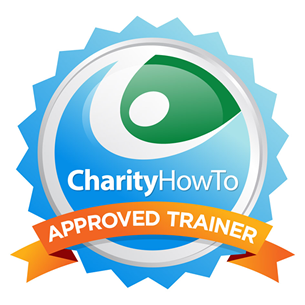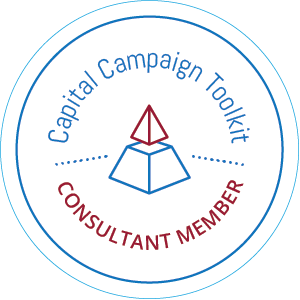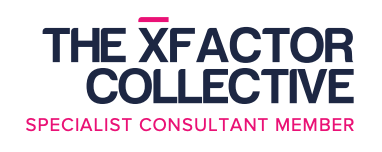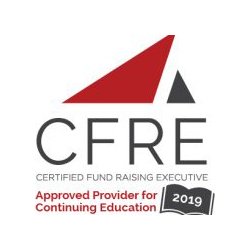For many, as the calendars switch to spring, our organizations begin their budget planning season in preparation of a new fiscal year. As a result, development departments are often hard-pressed to come up budget sometimes right in the middle of a busy special event season. This article highlights the process that an organization should undertake to accurately plan for its development department in the coming year. It is much more than just slapping budget numbers down onto an excel spreadsheet. It is about the health and effectiveness of your future fundraising efforts.

Here are the steps that I take to start a planning process that not only develops your yearly fundraising budget but a strong plan for your upcoming fiscal year.
1) Conduct an internal audit of current programs strengths and weaknesses. If you have never done a development audit or assessment, review all of your materials and publications and determine where your program is in regards to best practices. This assessment will point to opportunities for increased productivity and profitability, help to define performance, identify areas of improvement, and design a program to achieve the unrealized potential. From this assessment, you want to build on your apparent strengths and shore up your weaknesses to bring them in line with best practices.
2) Review past results. You need to establish and review detailed reports on costs and results of EACH of your solicitation methods. Measure your own performance each year and compare it to previous years’ results. Examine the amount of time expended on each strategy and the results achieved. How is each activity trending? Do you notice any areas of concern?
3) Compare each of your strategy results against established reasonable cost guidelines for the field.
Mature fundraising development programs should be able to achieve the bottom-line cost-benefit ratio of $.20 to $.30 per $1 raised after three years of operation.
Annual Fund $.40 in three years
Major Gifts $.20 in three years
Benefit Events $.50 in three years
And, for solicitations, use these cost guidelines:
Direct Mail (acquisition) $1.00 to $1.25 per $1.00 raised
Direct Mail (renewal) $0.20 to $0.25 per $1.00 raised
Special Events $0.50 per $1.00 raised
Volunteer-led Personal Solicitation $0.10 to $0.20 per $1.00 raised
Corporation and Foundation Grants $0.20 per $1.00 raised
Capital Campaigns/Major Gifts $0.05 to $0.10 per $1.00 raised
Planned Giving $0.20 to $0.30 per $1.00 raised
4) Based on your analysis, develop a fundraising plan for the year. This plan should work to outline the goals and objectives, major tasks, persons responsible, timeline, budget impact areas, and key benchmarks that need to be met.
5) Once you have your plan and corresponding budget impact areas, then take those numbers and develop a yearly budget with direct and indirect costs corresponding to that fundraising plan.
6) Review each solicitation activity and create budgets for each with direct, indirect, and overhead expenses. Develop a baseline (if you don’t already have one.)
7) When determining what strategy to invest in, always choose one that aligns with the Pareto Principle, or the 80/20 rule. The 80/20 rule is the law of the vital few, or the principle of factor sparsity. It states that, for many events, roughly 80% of the effects come from 20% of the causes. Therefore, spend time on the 20% that makes the difference to raise 80% revenue.
8) Don’t forget that fundraising is a profit center for the organization. Therefore, you need to prove efficiency and effectiveness, and how much more money can be raised with budget investments.
For more information on how to jumpstart your fundraising efforts, check out my upcoming webinar in May: “Jumpstarting Your Calendar Year-End Fundraising Efforts.” For more information or to register, visit here.
For a free, 30-minute consultation, or to learn more about our “Survive and Thrive” professional coaching services, visit us here at www.hireacfre.com or book your fundraising coaching session at http://calendly.com/developmentconsultingsolutions/30min.
Join my new nonprofit “tribe” who are surviving and thriving! Click HERE to join my private Facebook group: Nonprofit Survive and Thrive Mastermind and receive support and inspiration to drive your results.










Leave a Reply
Want to join the discussion?Feel free to contribute!